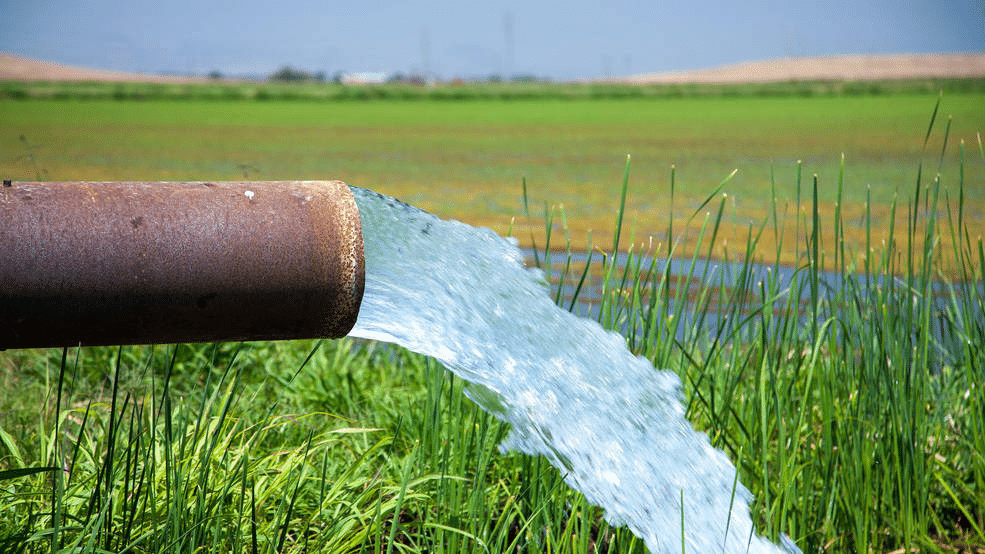
Credits: California Department of Water Resources/Dale Kolke
The cumulative impact of all human actions on the functioning of the Earth has resulted in the already well-known effects of climate change and pollution. A new study confirms that the consequences of the accumulation of our actions across the planet may be underestimated. The study, published in Geophysical Research Letters on the website of the American Geophysical Union, reveals that the Earth may have tilted on its axis by around 80 centimetres between 1993 and 2010, due to the pumping and use of underground water masses.
Previous surveys estimated that in seventeen years, some 2,150 gigatons of water had been pumped out of the subsoil, equivalent to a rise in sea level of around six millimetres. As a result of this pumping, the redistribution of this water at the Earth’s surface would also have altered the planet’s axis of rotation. The Earth rotates around an axis inclined to the vertical, linking the South Pole to the North Pole, the position of which depends on the distribution of masses both inside the globe and on its surface.
The inclination of the axis can vary according to the movements of liquid iron inside the Earth’s core, ocean currents, hurricanes, tsunamis and water masses, among other factors. Considering the quantities of water present on Earth, their impact on the rotation axis is far from negligible. The impact of water masses had been demonstrated in 2016, but the particularity of groundwater masses had not been well established, as many variables come into play, including the melting of glaciers and polar ice caps.
Observations of recent changes in the tilt of the Earth’s axis have enabled researchers to carry out a series of numerical models to separate out the elements linked to the pumping of underground water masses. The effects of groundwater redistribution at the surface were confirmed when observations showed that dam construction and glacier melting alone were not sufficient to explain the change in the axis of rotation. With the inclusion of groundwater, models were able to correlate with observations and vice versa.
Over the observed period, the impact of this redistribution of surface water would be greater than that of the melting of the Greenland and Antarctic ice sheets. The location of the water drawn from underground, most of which comes from the Northern Hemisphere’s mid-latitudes, may have had an amplifying effect on the axis of rotation since once used, the water will flow back into the oceans. Researchers estimate that water drawn mainly from near the equator or the poles would have had a lesser effect. The extent of the phenomenon remains limited and cannot affect seasons and climate, but it does show the global impact that human activities can have. These results should enable scientists to assess other phenomena linked to climate change, such as changes in hydrological regimes.


 .
. 

